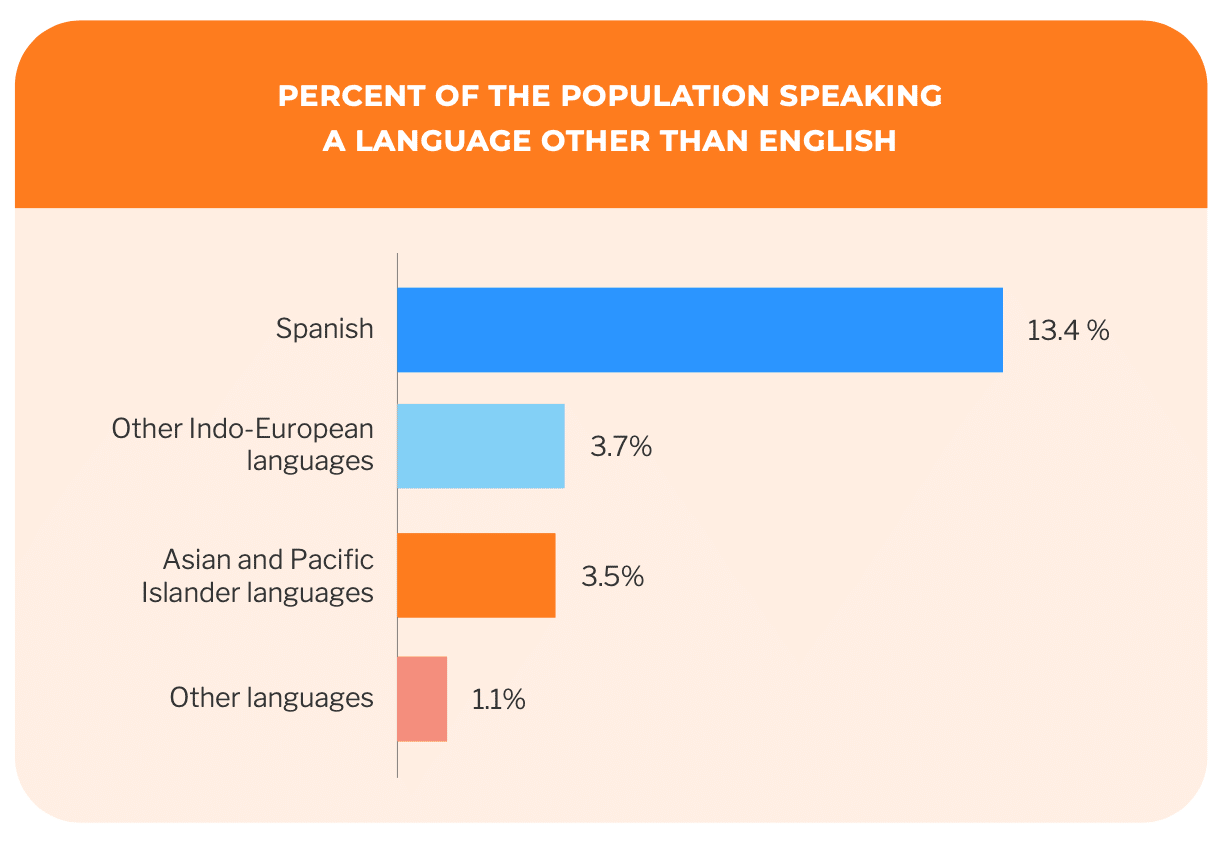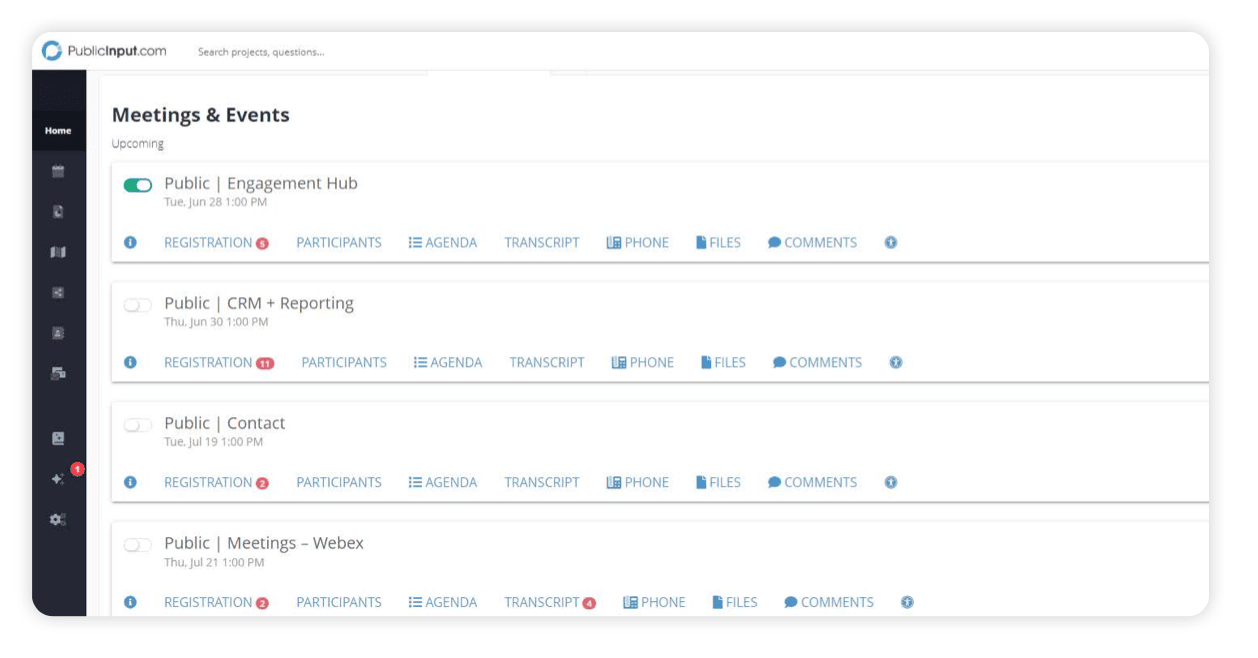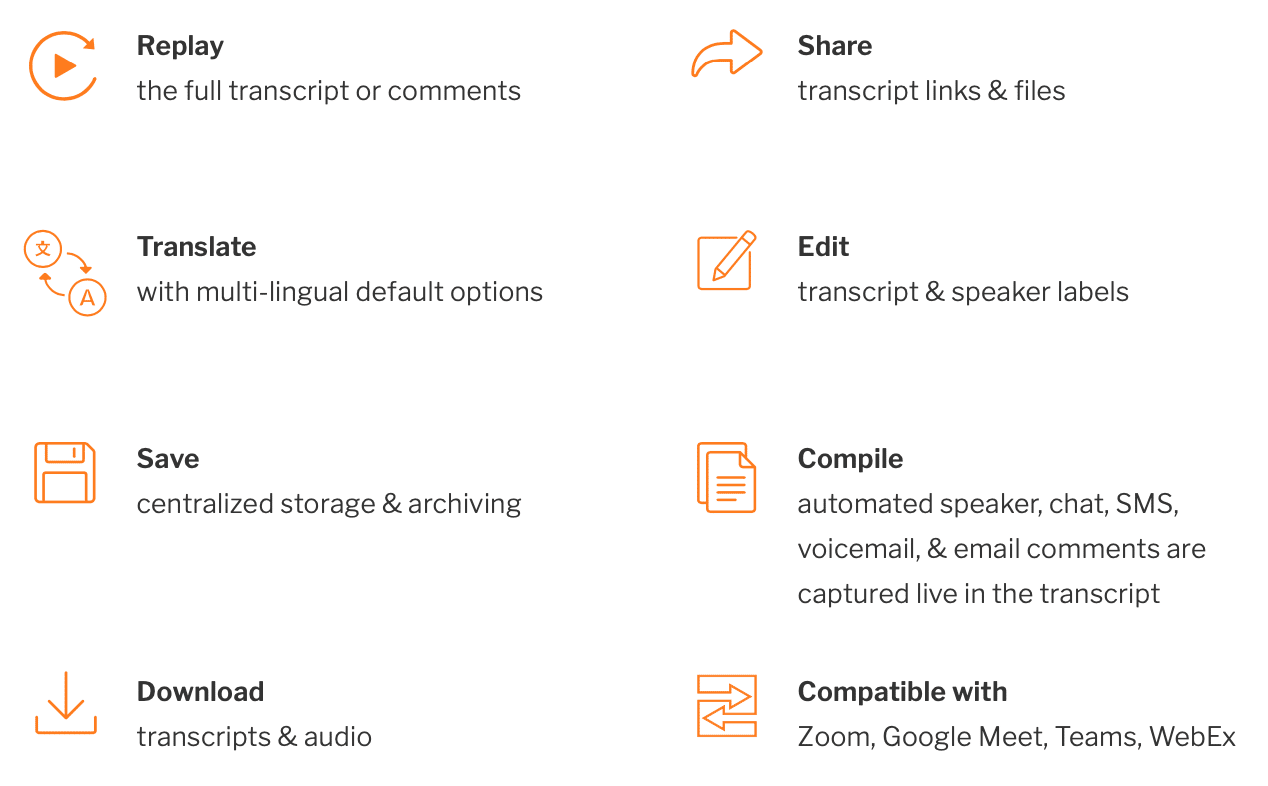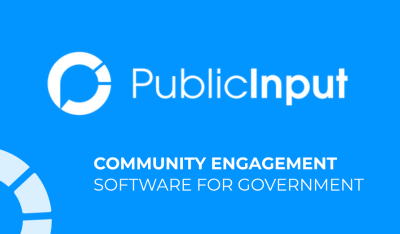A Community Engagement Practitioner’s Guide To Language Accessibility
Lowering language barriers to public participation can be challenging. To facilitate more equitable community engagement, we have assembled this straightforward language accessibility guide to support the sometimes complicated, time-consuming, and expensive undertaking of developing and implementing a comprehensive language assistance plan.
In the guide you will find:
- Information about language accessibility and Limited English Proficiency Plans
- Go-to resources government organizations use for language accessibility
- How technology is changing community engagement and language accessibility in public meetings
- A checklist of what to look for when considering online virtual public meeting software for government
Language Accessibility & Limited English Proficiency Plans
According to the US Census, over 20% of people in America report that they speak a language other than English at home. For governments, public sector planners, and community engagement professionals that means developing and implementing an effective language assistance program is both necessary and oftentimes required.

Limited English Proficiency Plan Updates
Frequently tied to federal funding compliance, Limited English Proficiency (LEP) plans are developed using community data like the US Census.
Each LEP plan is developed by analyzing the proportion of people experiencing linguistic isolation and incorporates a plan to ensure that those identified have meaningful access to federally funded programs and activities.
Practical Approaches To Language Accessibility
The responsibility and challenge of developing language accessibility plans can be daunting.
Here are some standard resources many governments and public engagement practitioners rely on to increase the practice of language accessibility:
• Translation Guides: Top 10 Best Practices for Multilingual Websites
• I Speak Cards: National Register of Public Service Interpreters language identification
• National Language Service Corps: congressionally authorized Department of Defense program that provides language and cultural support to US Government agencies.


Accessibility Resilience: How Community Engagement Is Changing
A new era of community engagement has emerged that demands practical and accessible options for residents to engage.
With a shift away from exclusively in-person engagement tactics, this new model for effective community engagement includes the need for practical and accessible language options for virtual public meetings.
Here are few key considerations to think about when evaluating the language accessibility of your public meetings:
▢ Our public meetings support a broad array of real time on-demand language options.
▢ Meeting minutes and records can be transcribed and translated in a timely manner.
▢ Our process prioritizes the needs of people not internal process efficiency (check this box if you can respond “false” to all of the below).
True or False? Unless planned in advance, realtime and on-demand language support for our meetings is not an option.
True or False? There is an additional waiting period associated with translated public meeting minutes
Language Accessibility Meets Technology
An agile community engagement process that allows governments to move quickly and easily can help address barriers to language accessibility. With real-time Multilingual Closed Captioning for virtual public meetings, language accommodation requests become a thing of the past.
Built specifically to address the limitations inherent in tele-conferencing platforms, the Multilingual Closed Captioning feature provides an unmatched solution to many of the common restrictions by:
- Automatically supporting over 108 languages
- Does not require a live interpreter to transcribe
- No per meeting set up delays or special licensing fees required
- No lag during the live meeting to support captioning
- No separate streams required for multiple language support

Once your public meeting adjourns, PublicInput closes the loop with an open and transparent process that seamlessly integrates with any language accessibility plan.
Checklist: What to look for when considering online virtual public meeting software for government
As a community engagement practitioner, when you consider virtual public meeting software, it is important to find the right one that is purpose-built for language accessibility and the processes of government staff.
Virtual meeting software for government should include the following:

More About PublicInput
The mission of PublicInput is to create a more collaborative democracy through technology. To do this, we enable local governments to manage the broader public engagement process, not just a singular aspect. That’s why we’ve focused our efforts on creating an all-in-one platform that streamlines projects from beginning to end and builds public trust over time.



